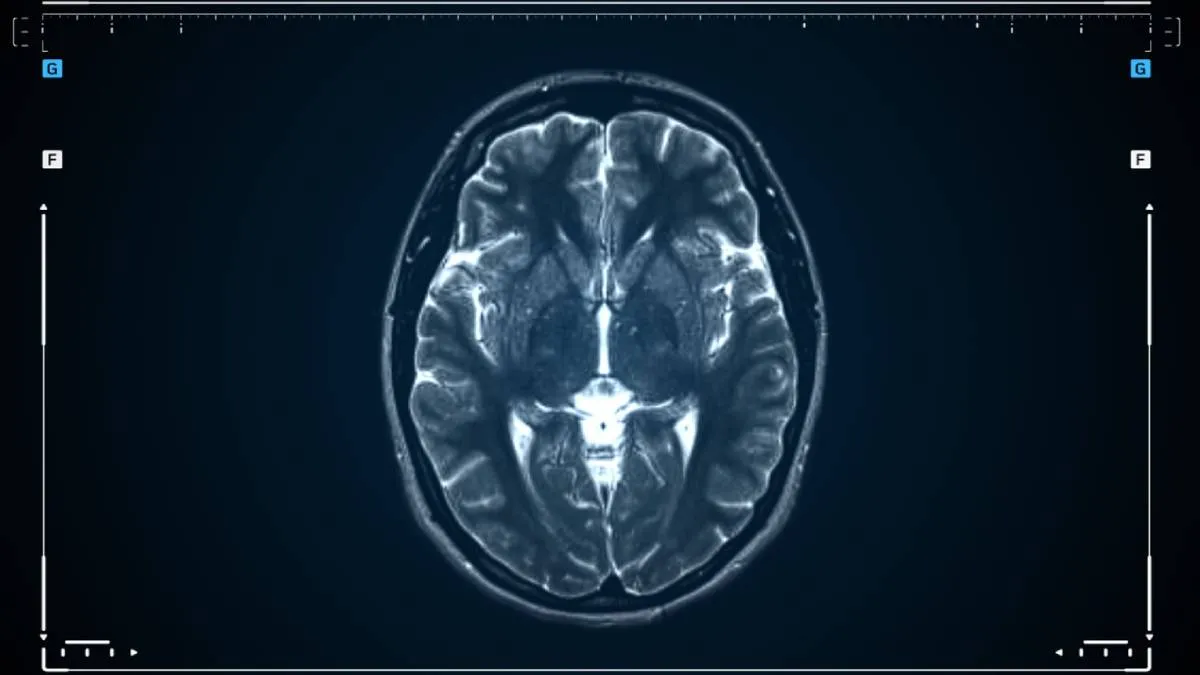



Types of Meningioma | Yashar Neurosurgery - Blog





A Meningioma is a type of brain tumor that develops in an area of the nervous system known as the meninges. This is the area of the nervous system that protects the brain and spinal cord. Meningiomas can be either benign or malignant, but all types should be removed via surgical means. Below, we cover the types of meningioma. Knowing what type of meningioma is present in your own body is essential for the successful treatment and removal of these growths. This, in turn, is absolutely essential for one to maintain an overall state of well-being and health. If you’re dealing with meningioma or simply would like to know more about [meningioma treatment](https://dryashar.com/brain/meningioma/), take a look at this guide, which describes the different types. What Is a Meningioma? Meningiomas are a [type of cancerous growth](https://www.mayoclinic.org/diseases-conditions/meningioma/symptoms-causes/syc-20355643). These tumors can develop for any number of reasons on either the brain itself, or on the spinal cord. Meningiomas cannot be left to linger on these parts of the body, as doing so can result in long-term severe health consequences or death. Types of Meningioma There are several different types of Meningiomas that are commonly experienced by patients. These tumors are categorized under the types that develop on the brain itself and those that develop on the spinal cord. Under these general categories, several sub-categories exist. Brain Meningiomas Falcine meningiomas: This is growth that develops between the two sides of the grain. This type of tumor has the potential to interfere with blood circulation in the brain due to the fact that there are many different blood vessels in this part of the brain. Intraventricular meningiomas: This type of growth develops within the ventricles of the brain. These are a section of the brain that carries the cerebrospinal fluid, which can cause a headache or dizziness due to interference with this material. Convexity meningiomas: These growths develop on the front of the brain. This represents a very common variety of meningioma and can cause several severe effects if left untreated, such as seizures, changes in vision, and neurological disability. Spinal Meningiomas - Clival meningiomas: These growths develop on the underside of the cerebrum. These growths tend to develop as a lesion on the sphenoid bone. - Foramen magnum meningiomas: These meningiomas develop in the base of the skull where the spinal cord passes through. - Posterior meningiomas: These meningiomas develop on the underside of the brain. They can cause a variety of issues in terms of the muscles of the face. - Sphenoid wing meningiomas: The growths develop behind the eyes, and have the potential to cause visual problems and facial numbness, in addition to causing blindness in the long term. - Suprasellar meningiomas: These meningiomas develop close to the pituitary gland and the optic nerve. These meningiomas can also cause severe visual impairment in one or both of the eyes. - Tentorial meningiomas: This is a rare form of meningioma that develops on the surface of a section of the brain known as the tentorium cerebelli. These can cause headaches, seizures, and difficulty with mobility. - Cavernous sinus meningiomas: These are a type of tumor that develop on the cavernous sinus. This is an area of the brain that controls eye movement and allows your face to feel sensations. Diagnosing Meningiomas There are a series of tests that can be performed to determine the kind of meningioma that is in play. The following tests can be employed: - CT Scans: CT scans are a type of X-ray that makes images of the brain using cross-sectional imaging. - MRI Scans: In an MRI, a magnetic field and radio wave are used to create cross-sectional images of the brain. These types of scans are highly useful for providing detailed images of the brain. Once a detailed scan is made of the brain and the type of meningioma is diagnosed, a treatment plan can be created to remove the meningioma. Treating Meningiomas There are various treatments available for Meningiomas. The treatment method that is utilized will have much to do with the size and scope of the tumor. - Surgery - Wait-and-See - Radiation therapy - Medicine Several factors are taken into account to determine the best course of treatment. These include things like the following: - The rate of growth of the tumor - Your goals for treatment - Your age and health - The location of the growth LA’s Go-To Spinal Surgeon Dr. Yashar and his award-winning team are committed to offering the residents of LA the best treatment possible. If you’re [looking for a brain surgeon](https://dryashar.com/) in Los Angeles, contact Dr. Yashar’s office today and set up an appointment.





Get in touch today
Please complete and submit the form below and a member of our staff will contact you shortly.


